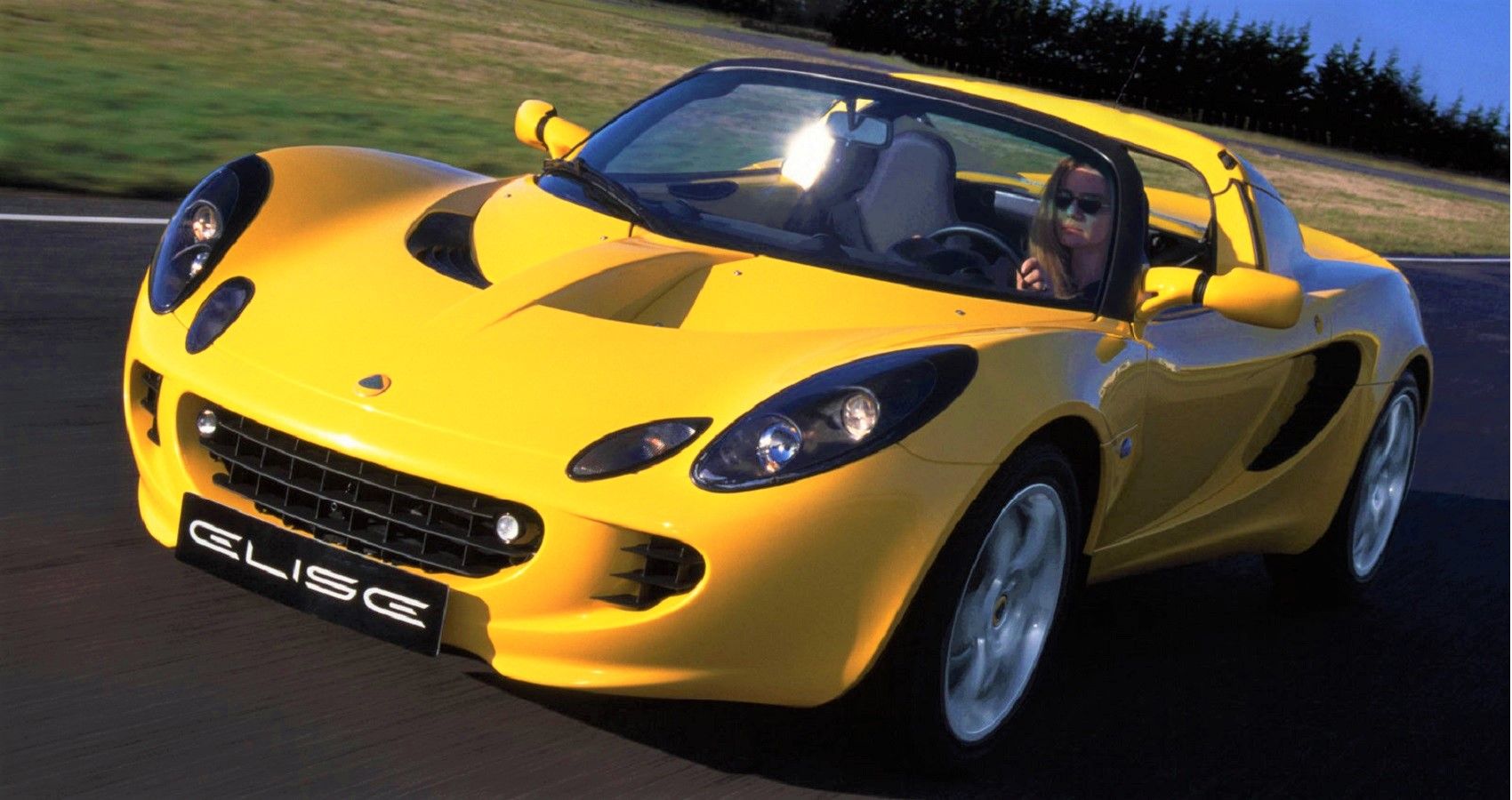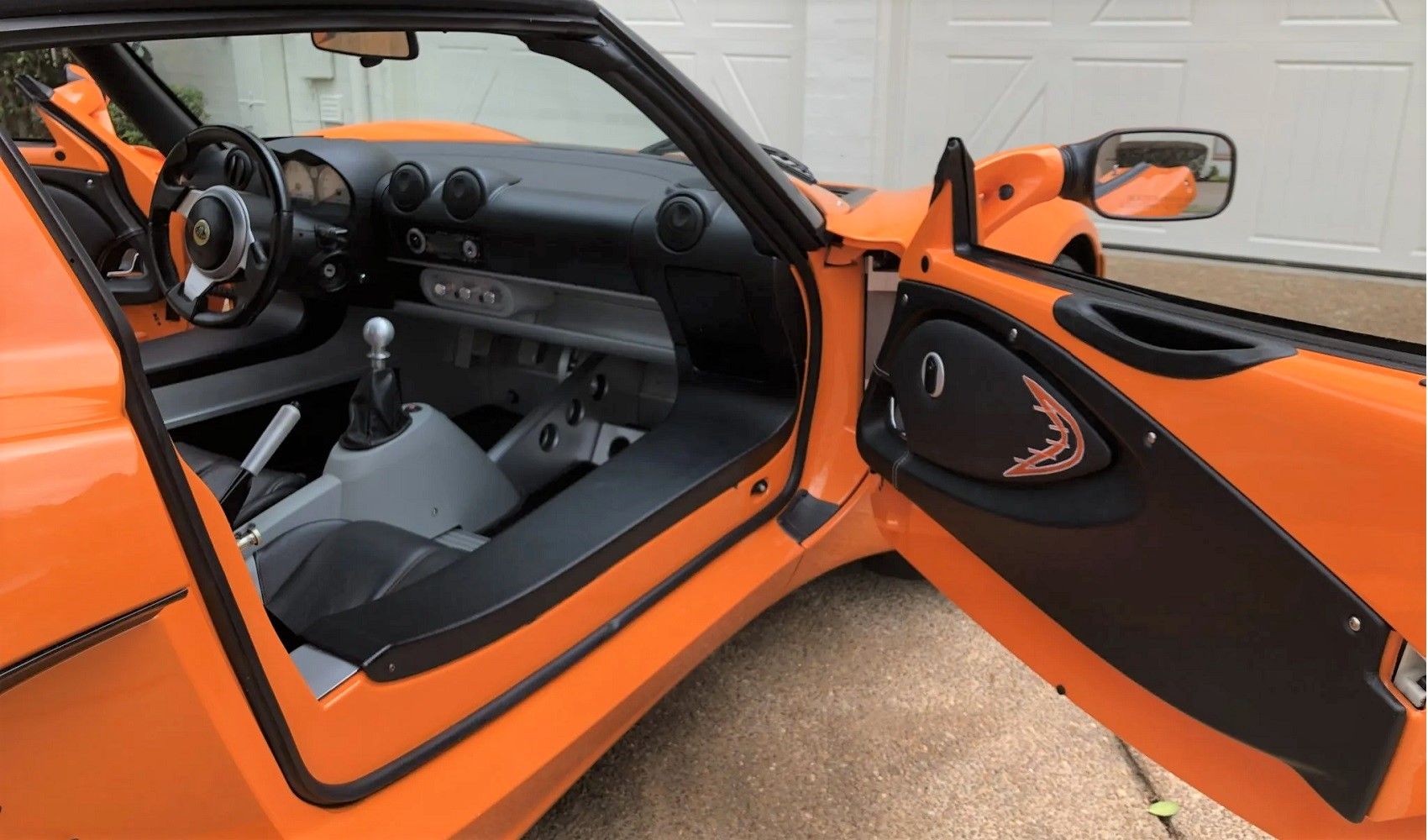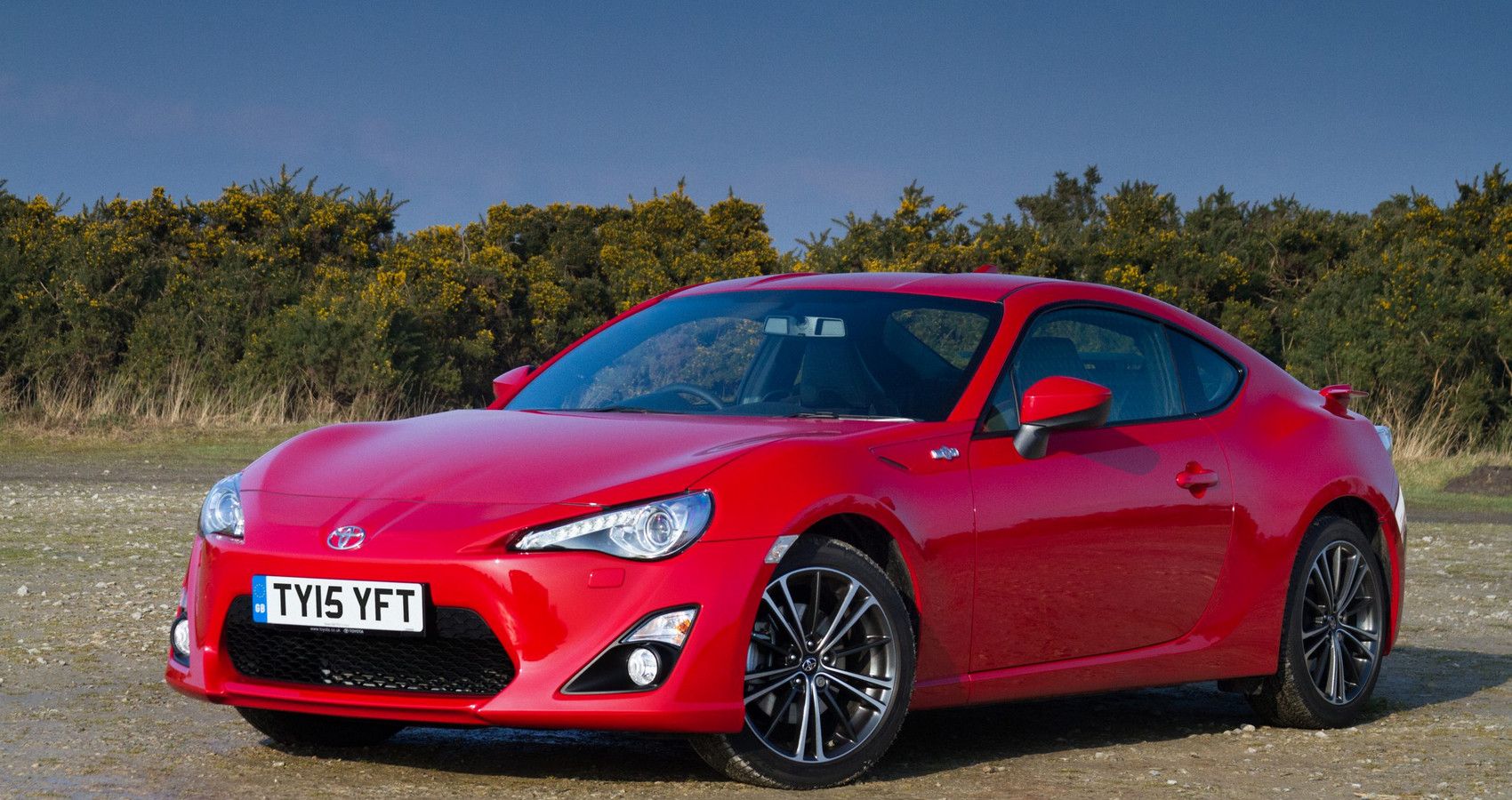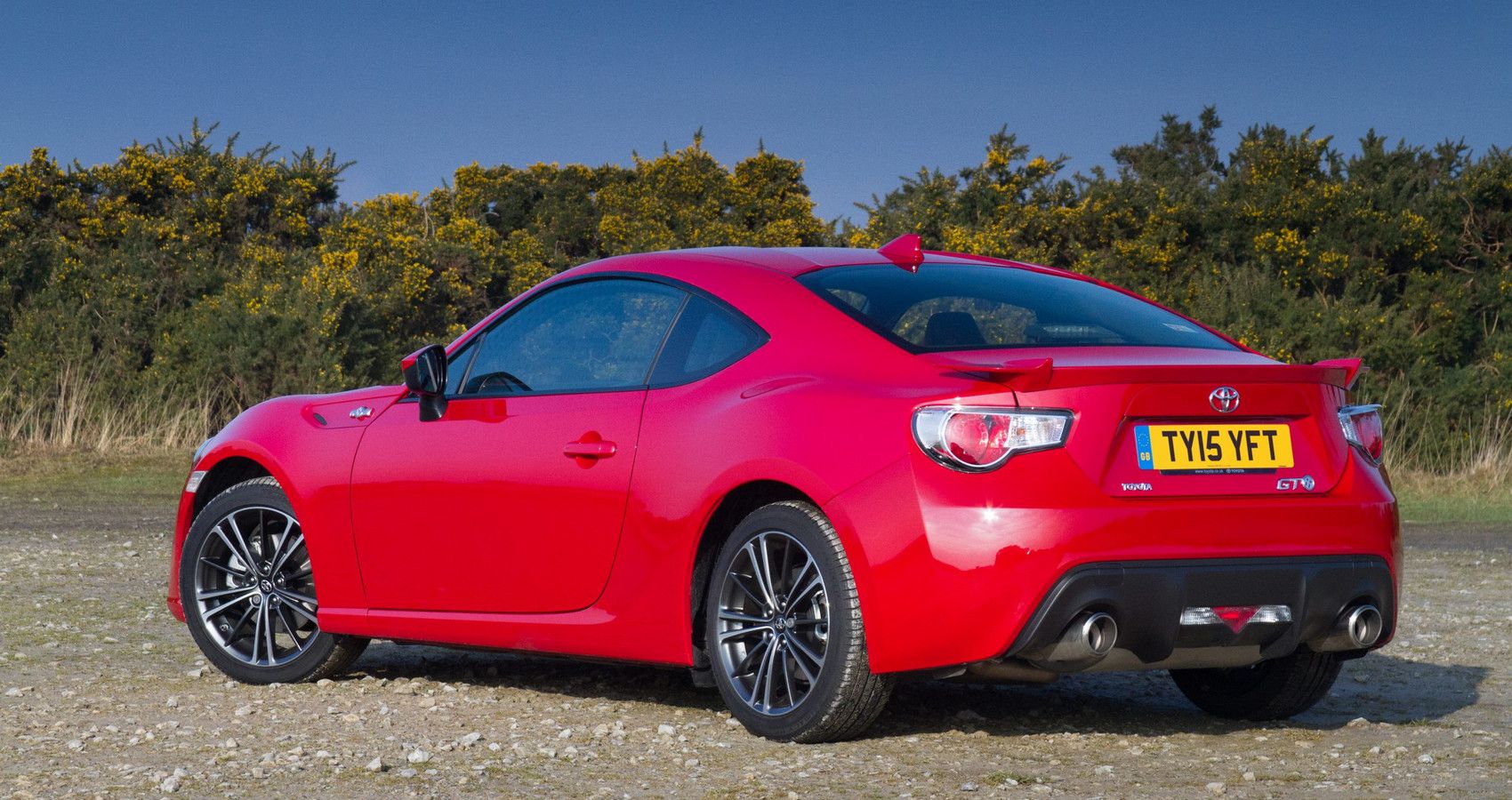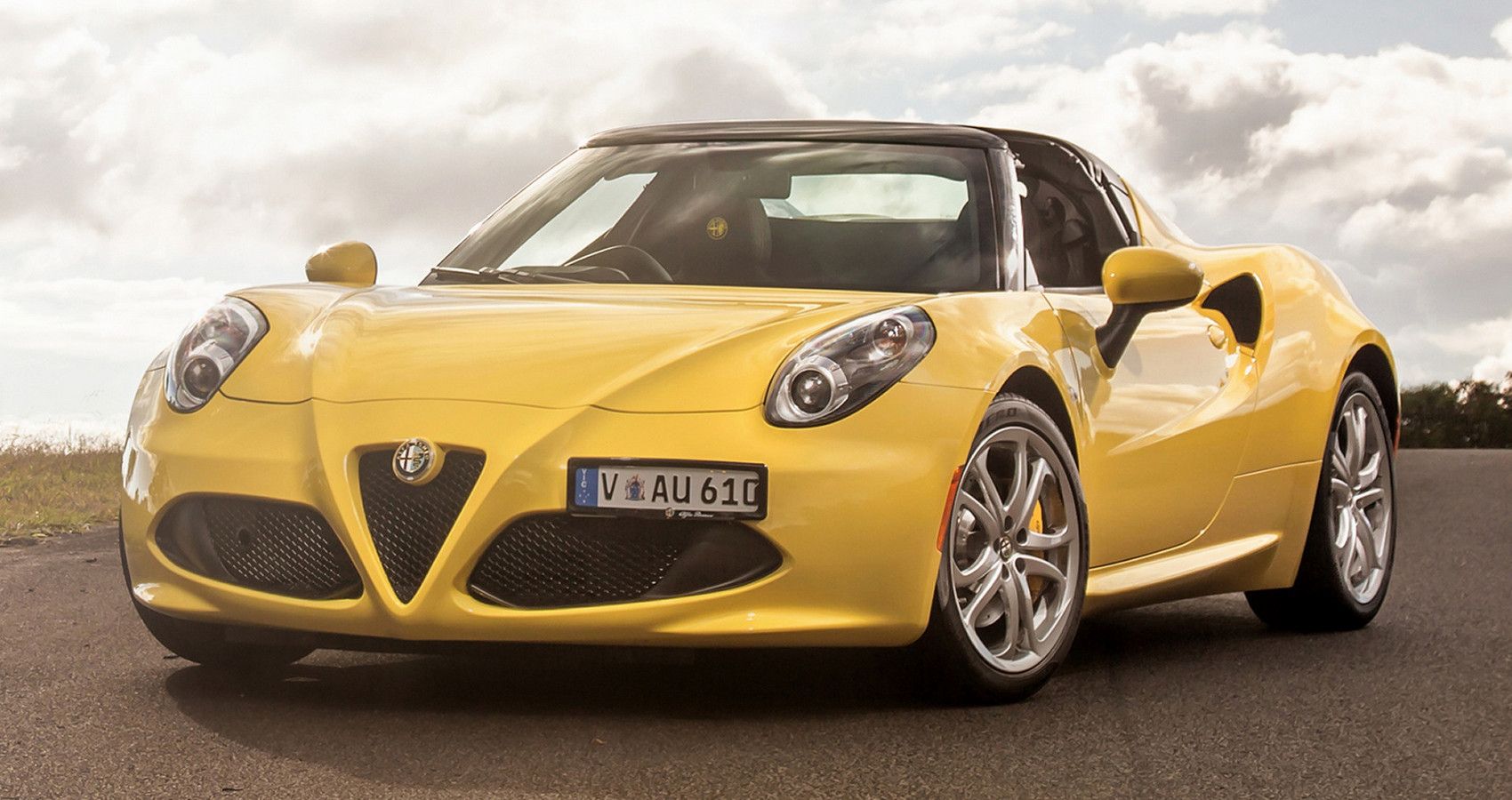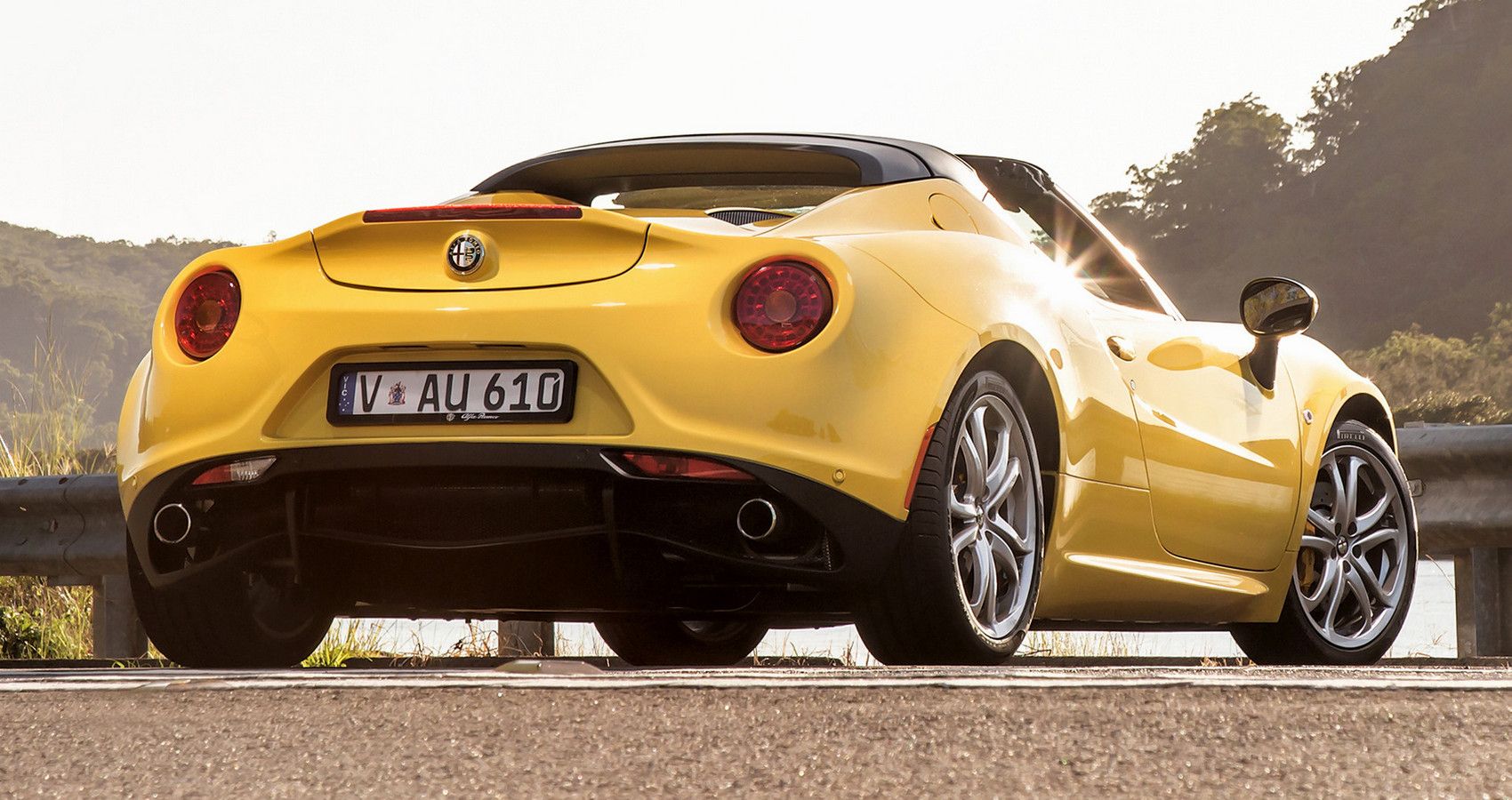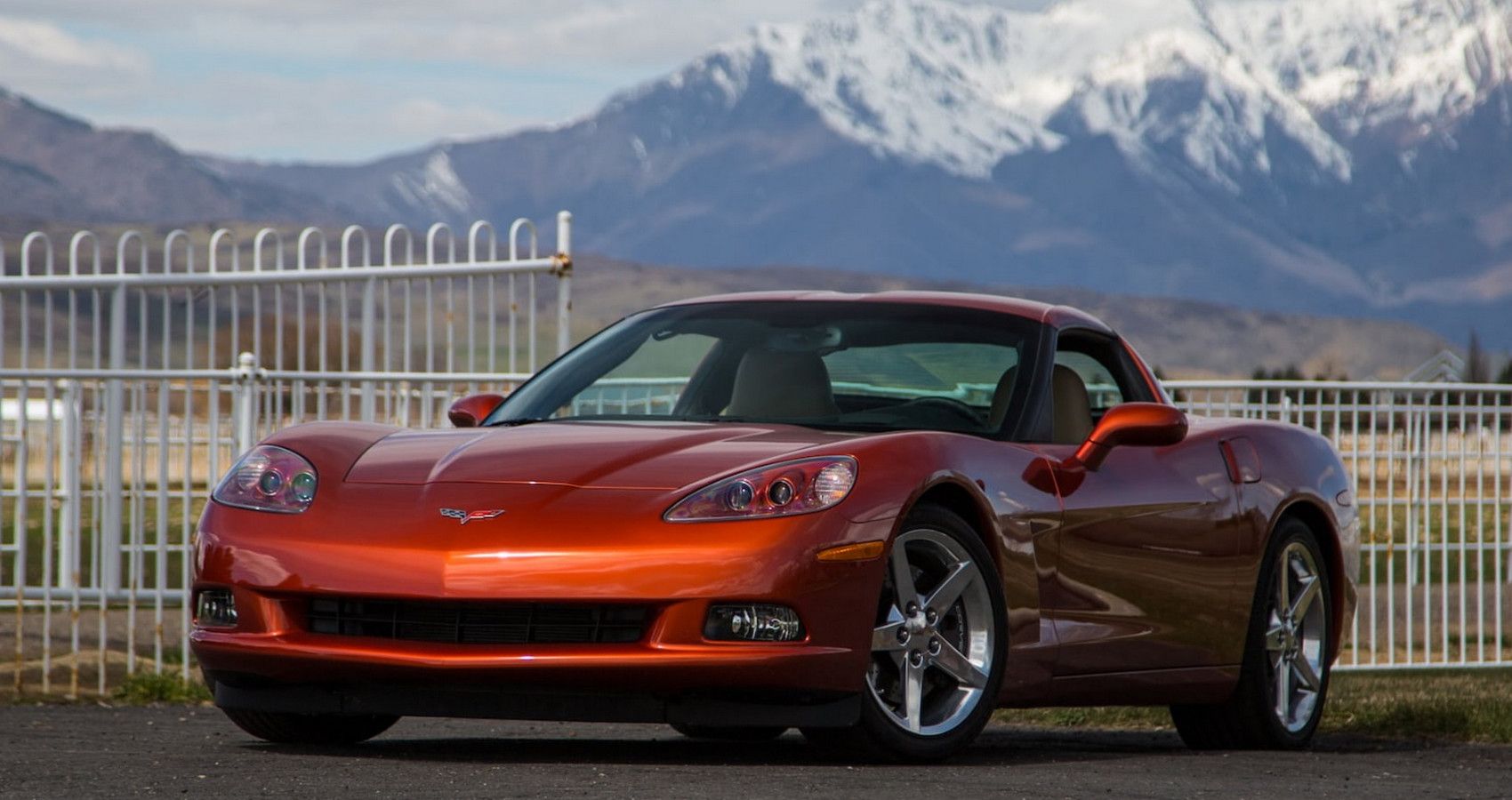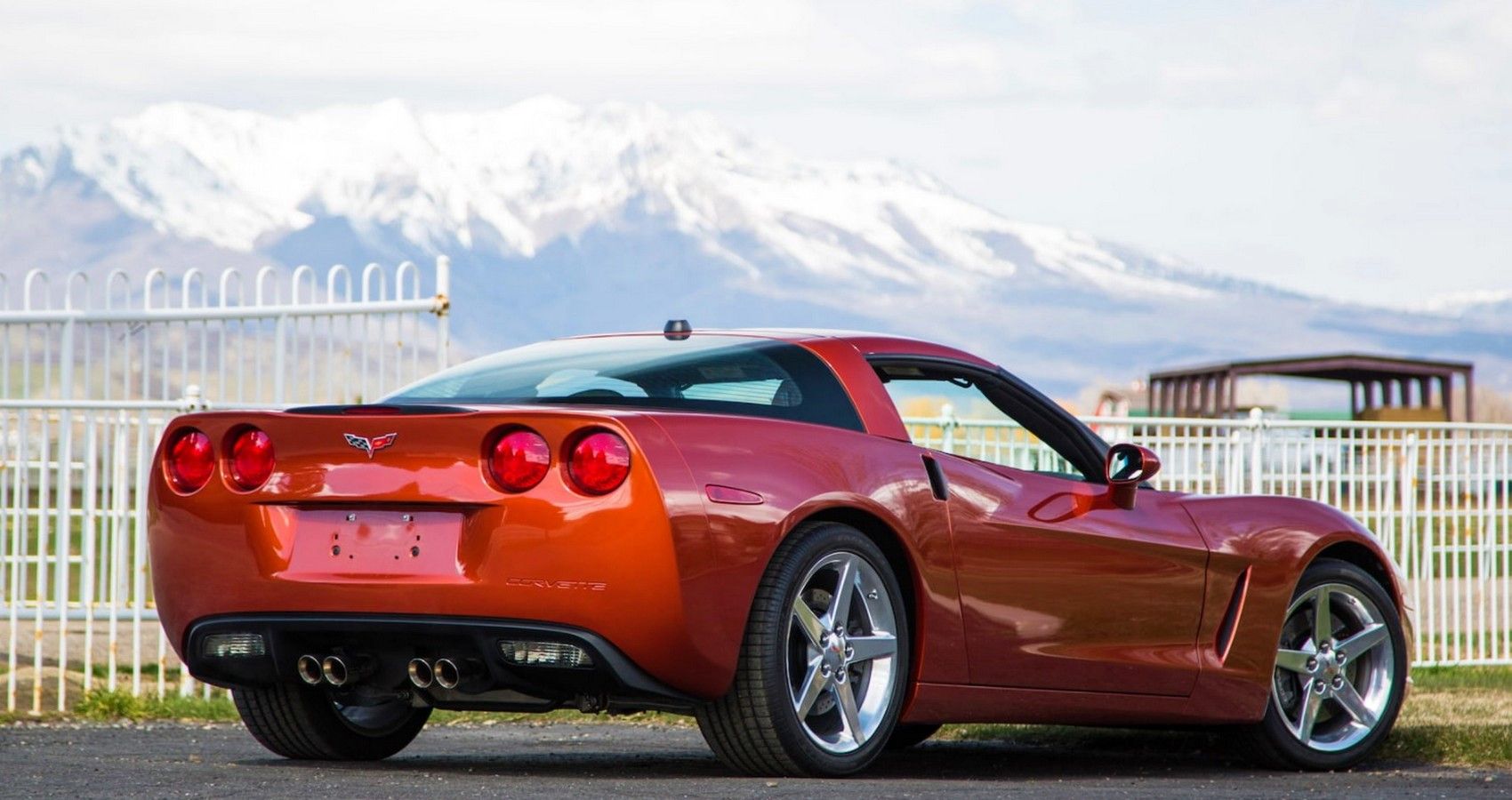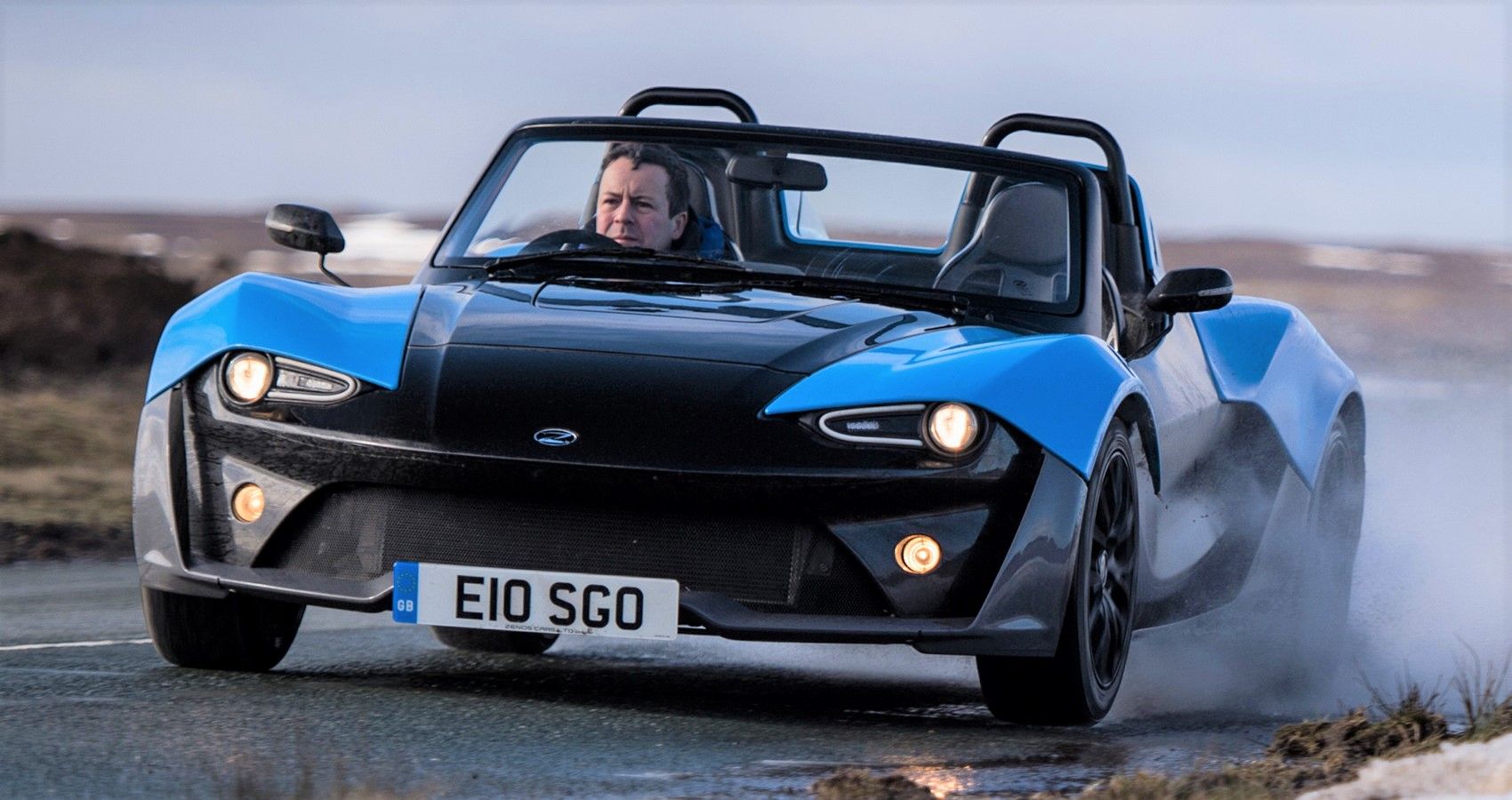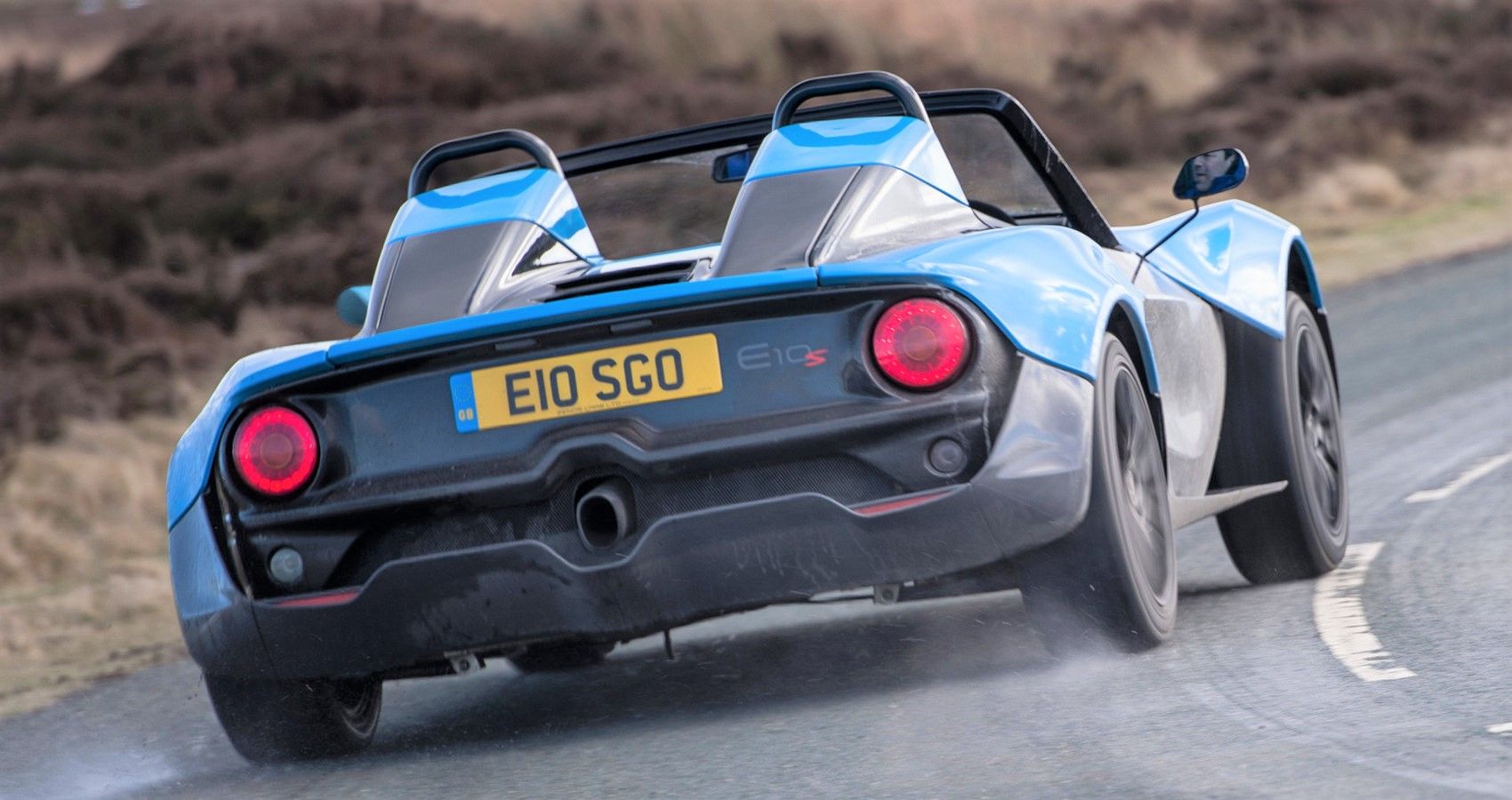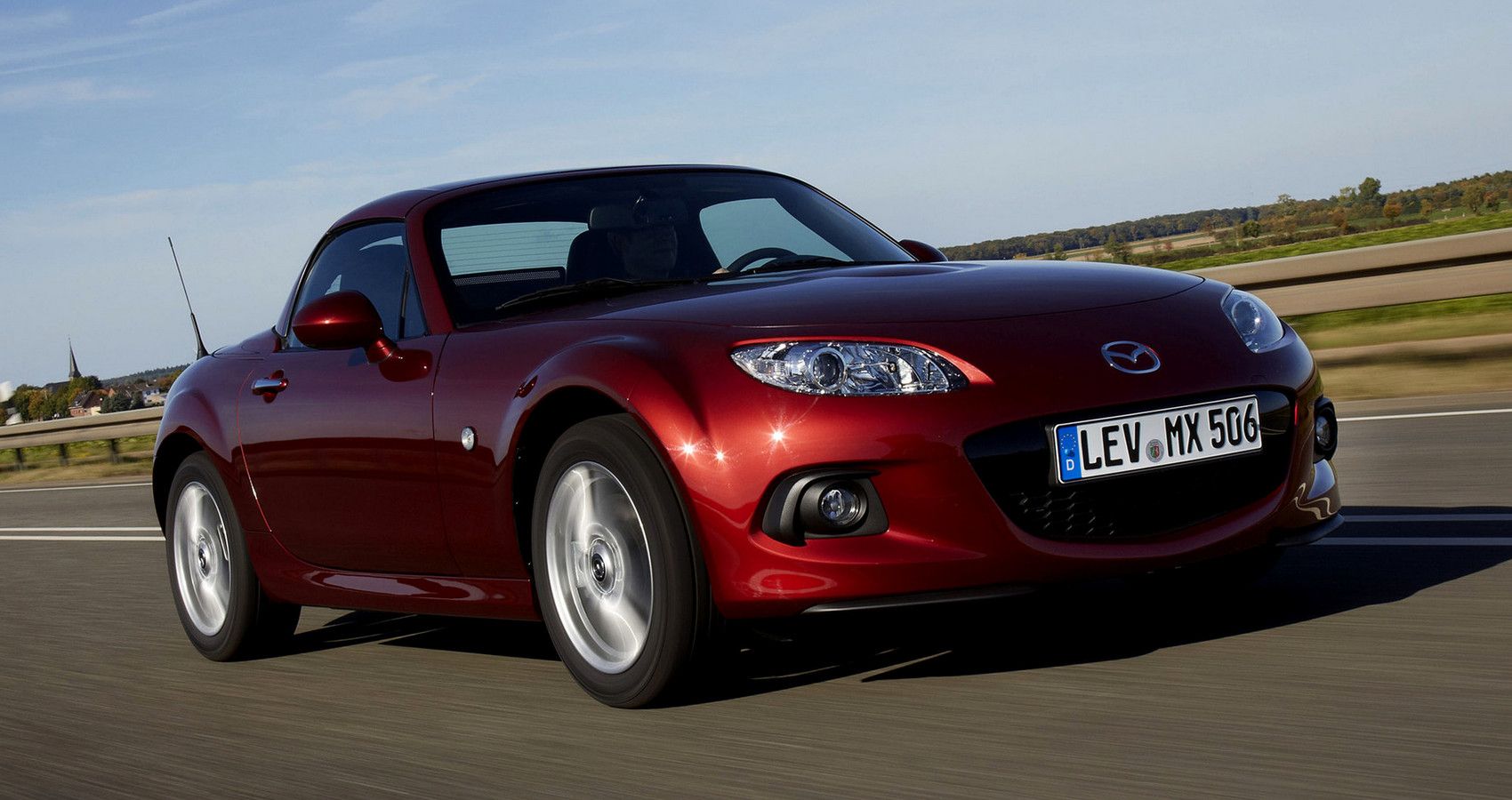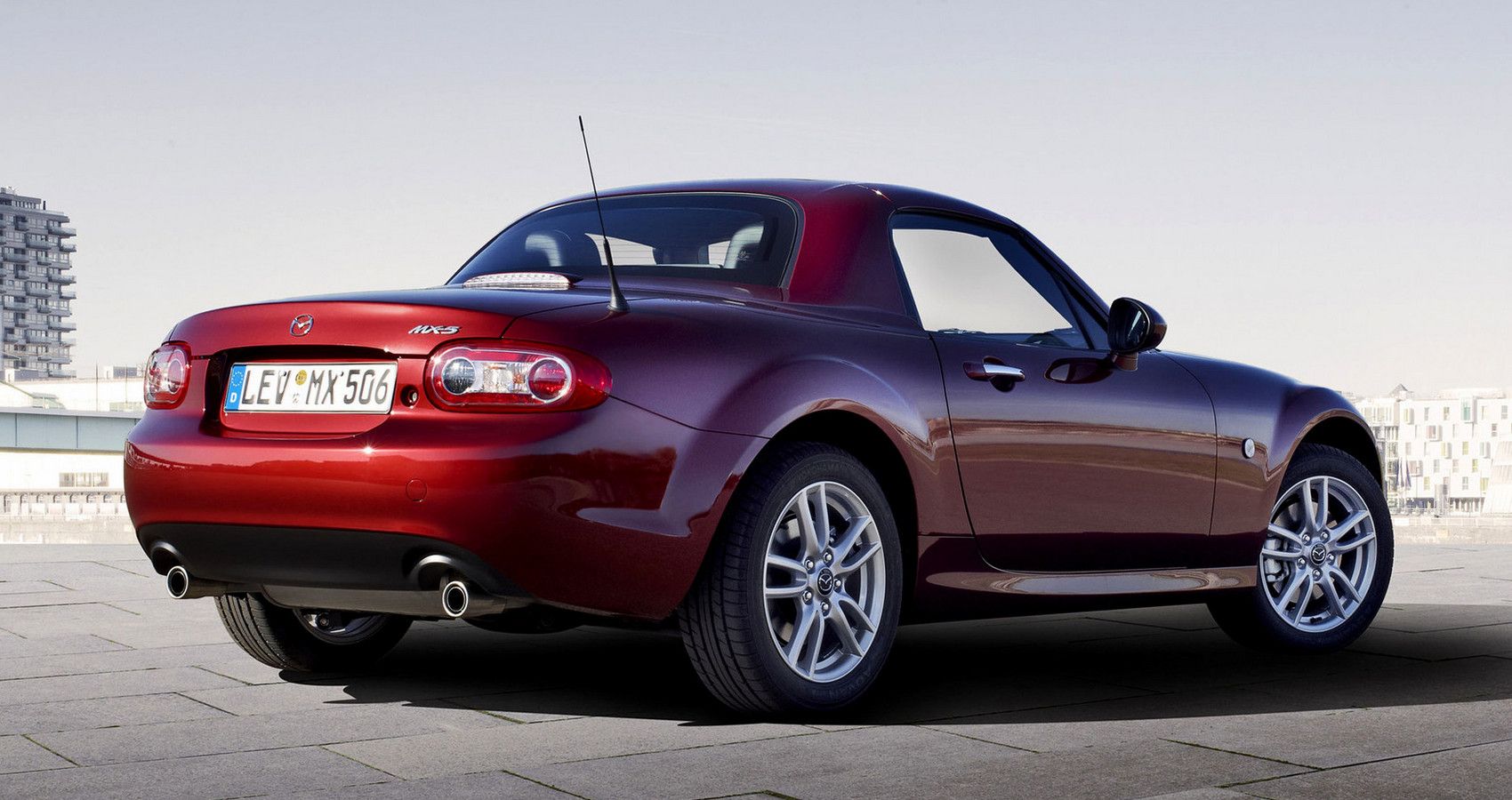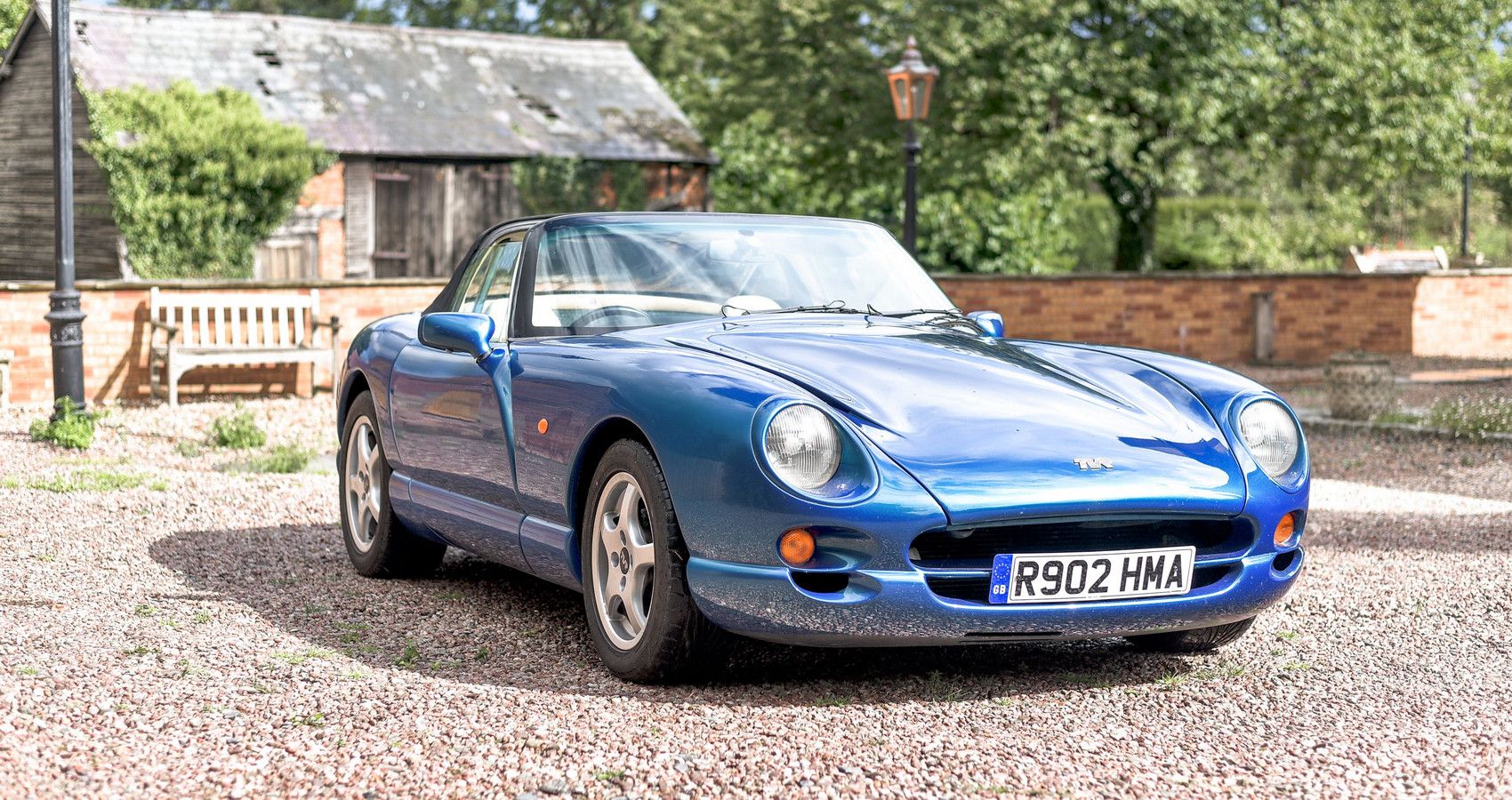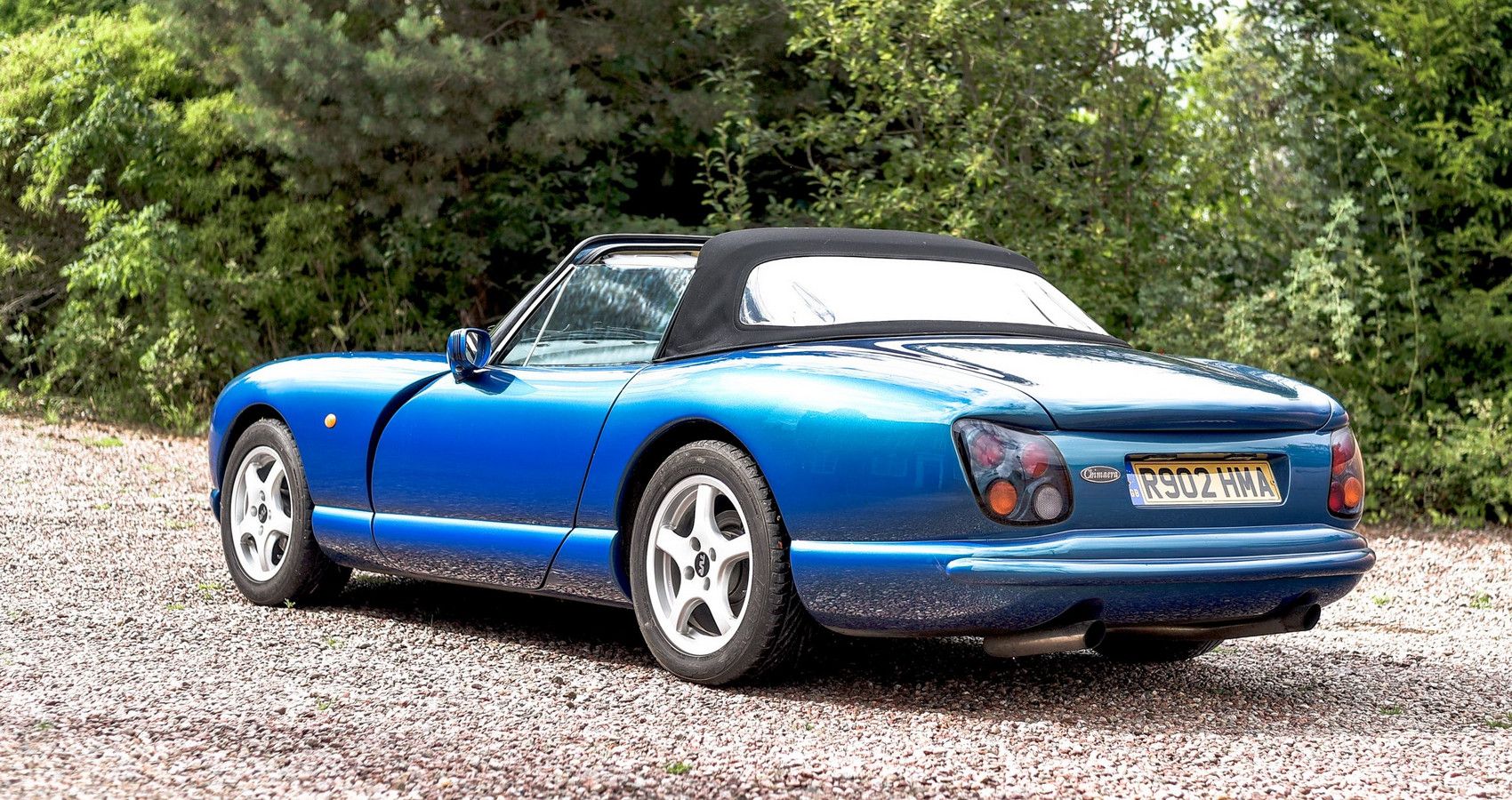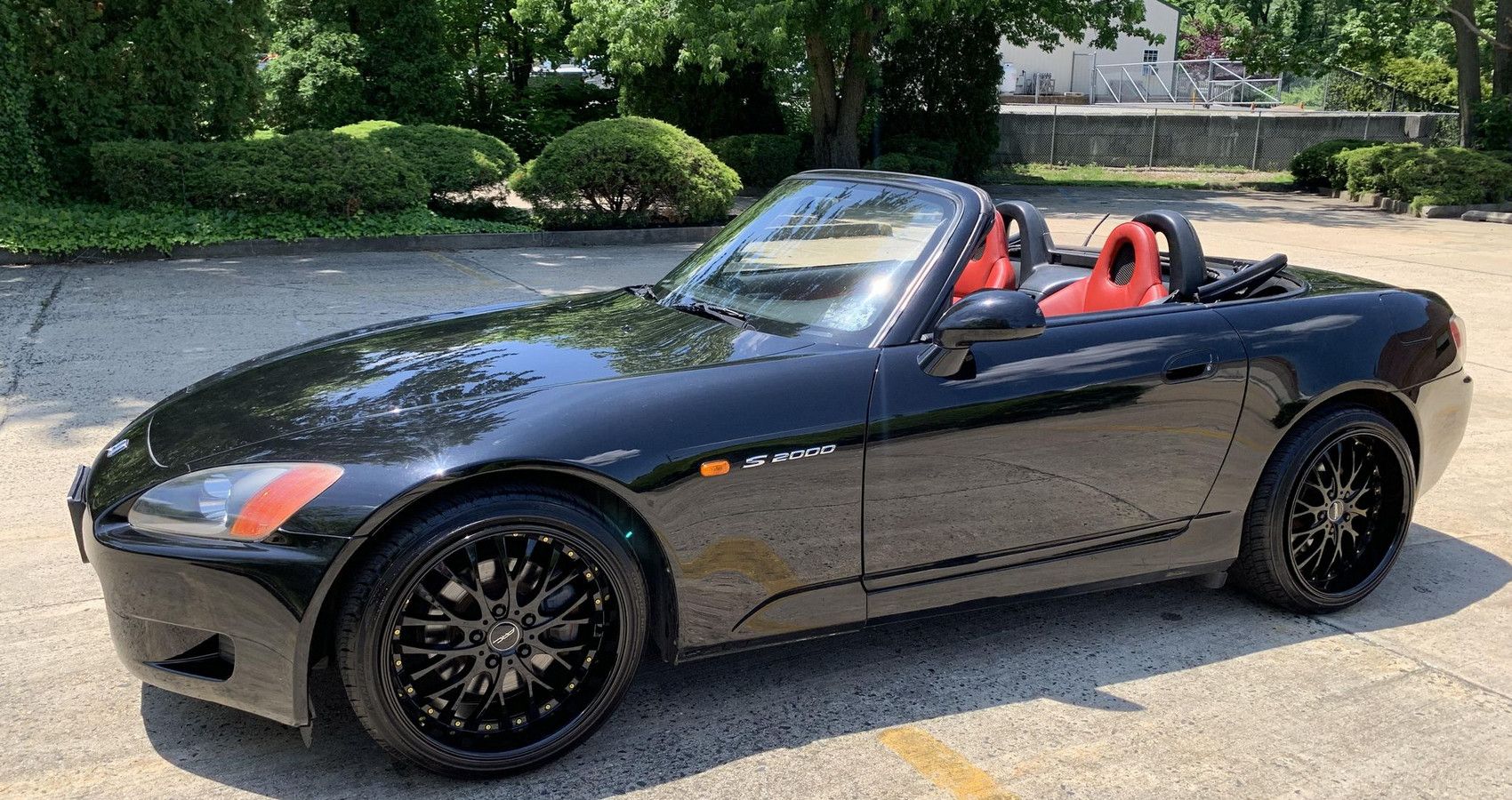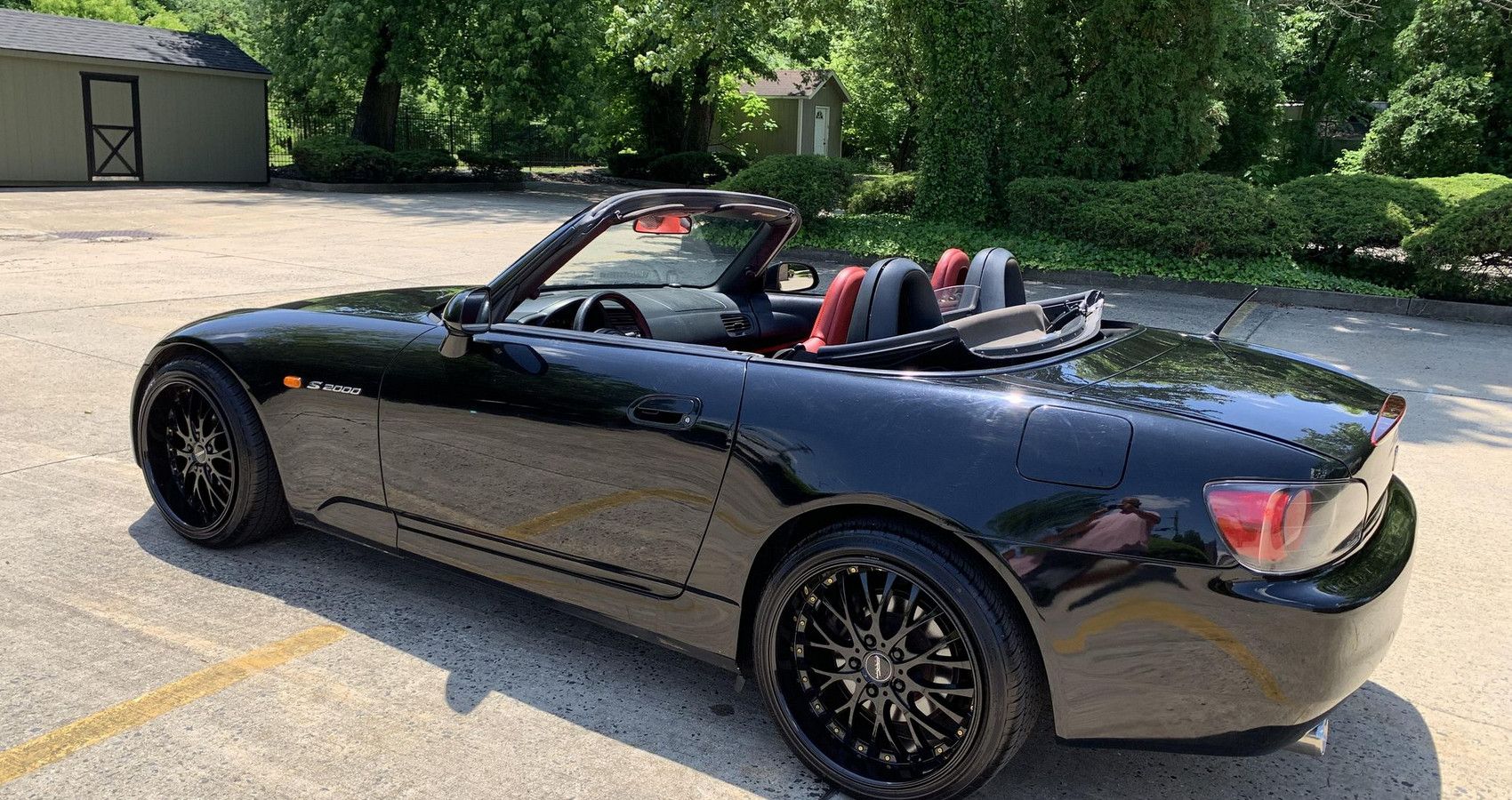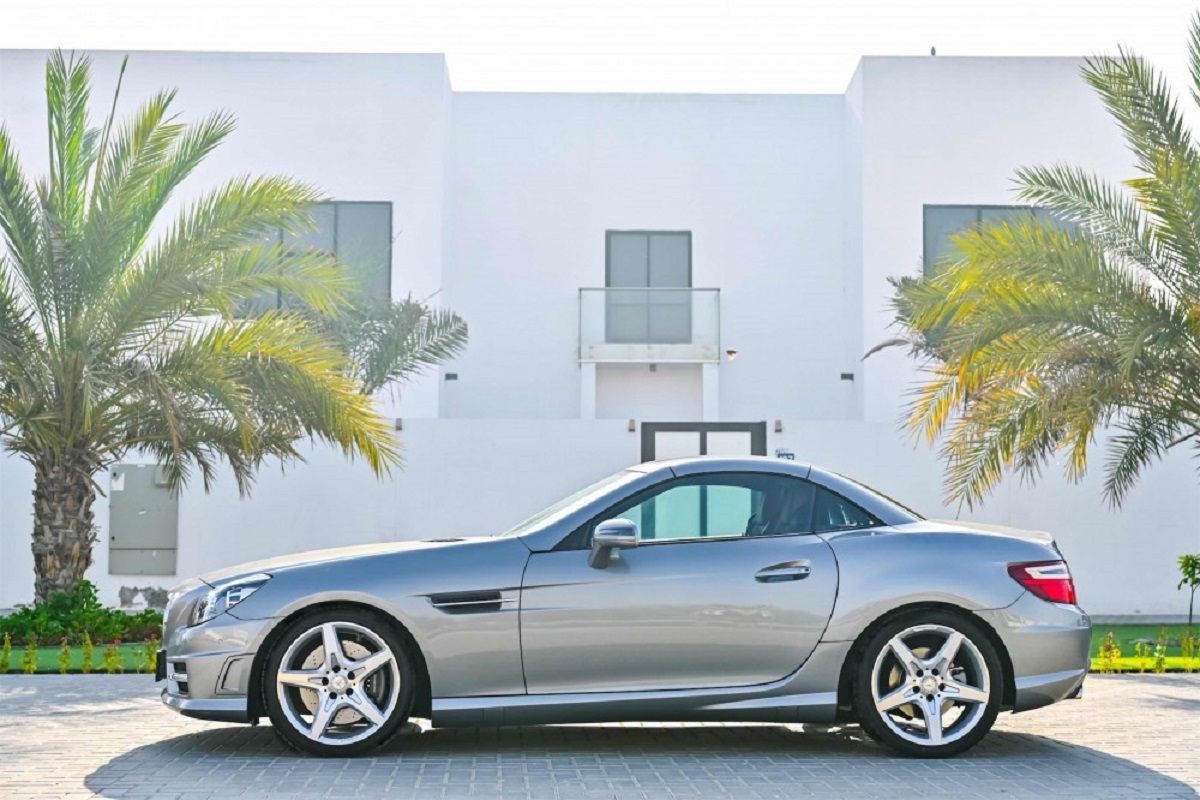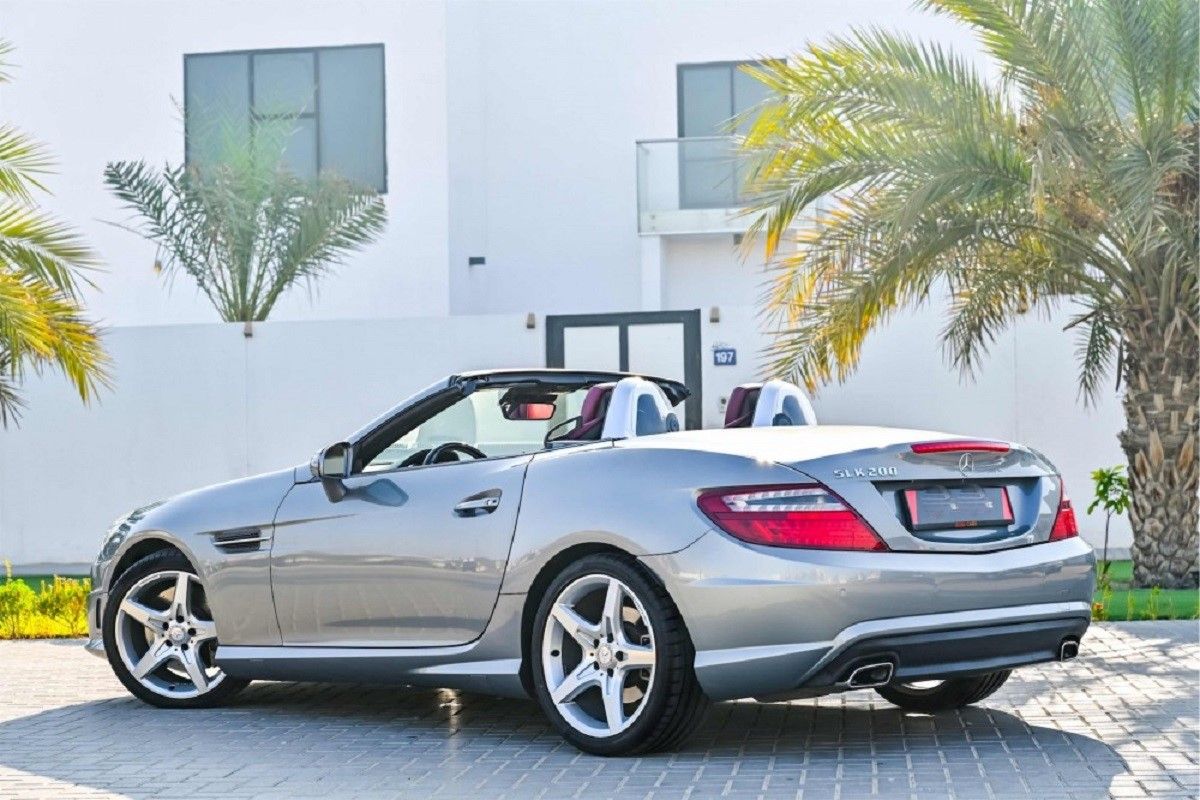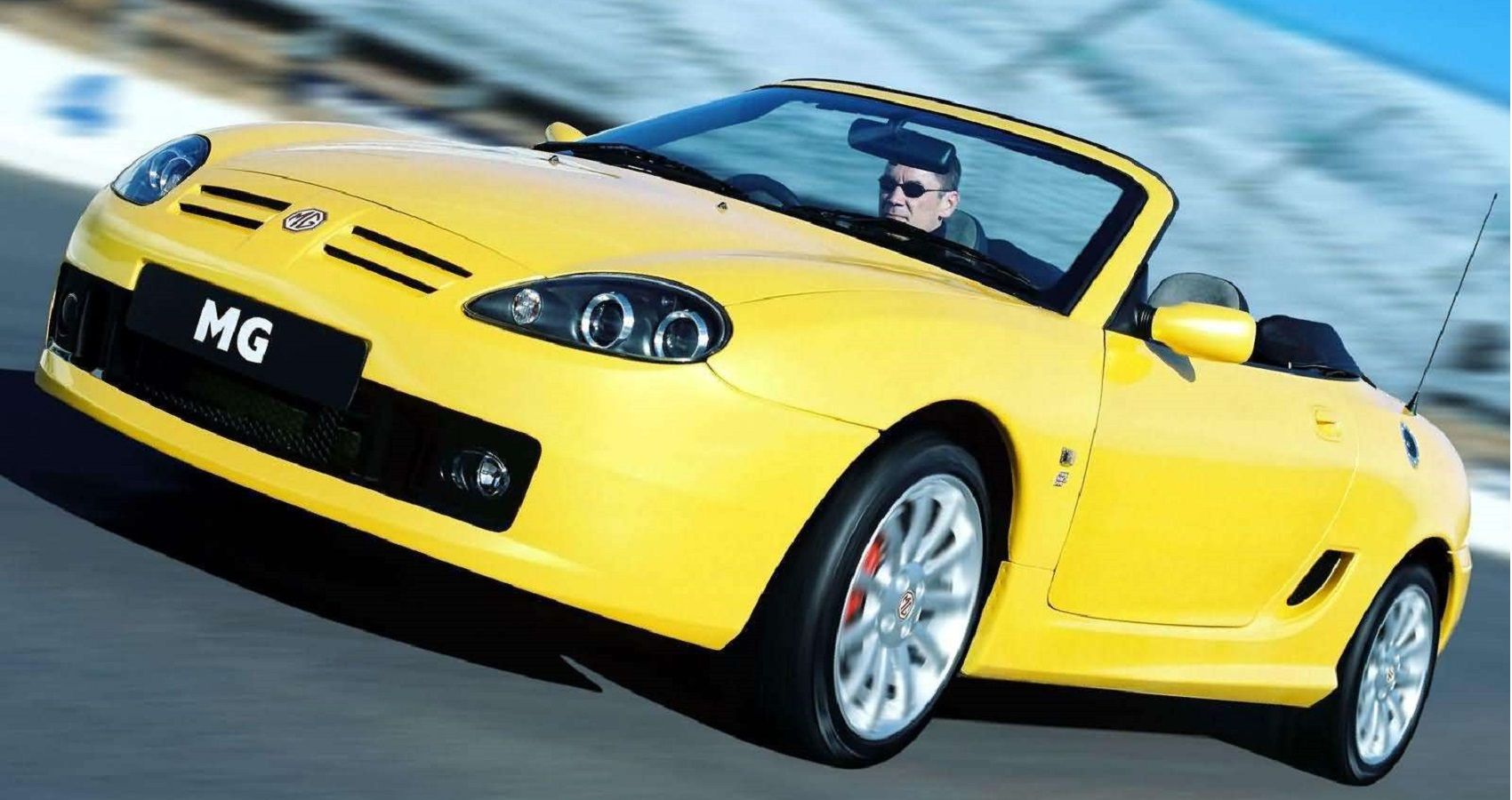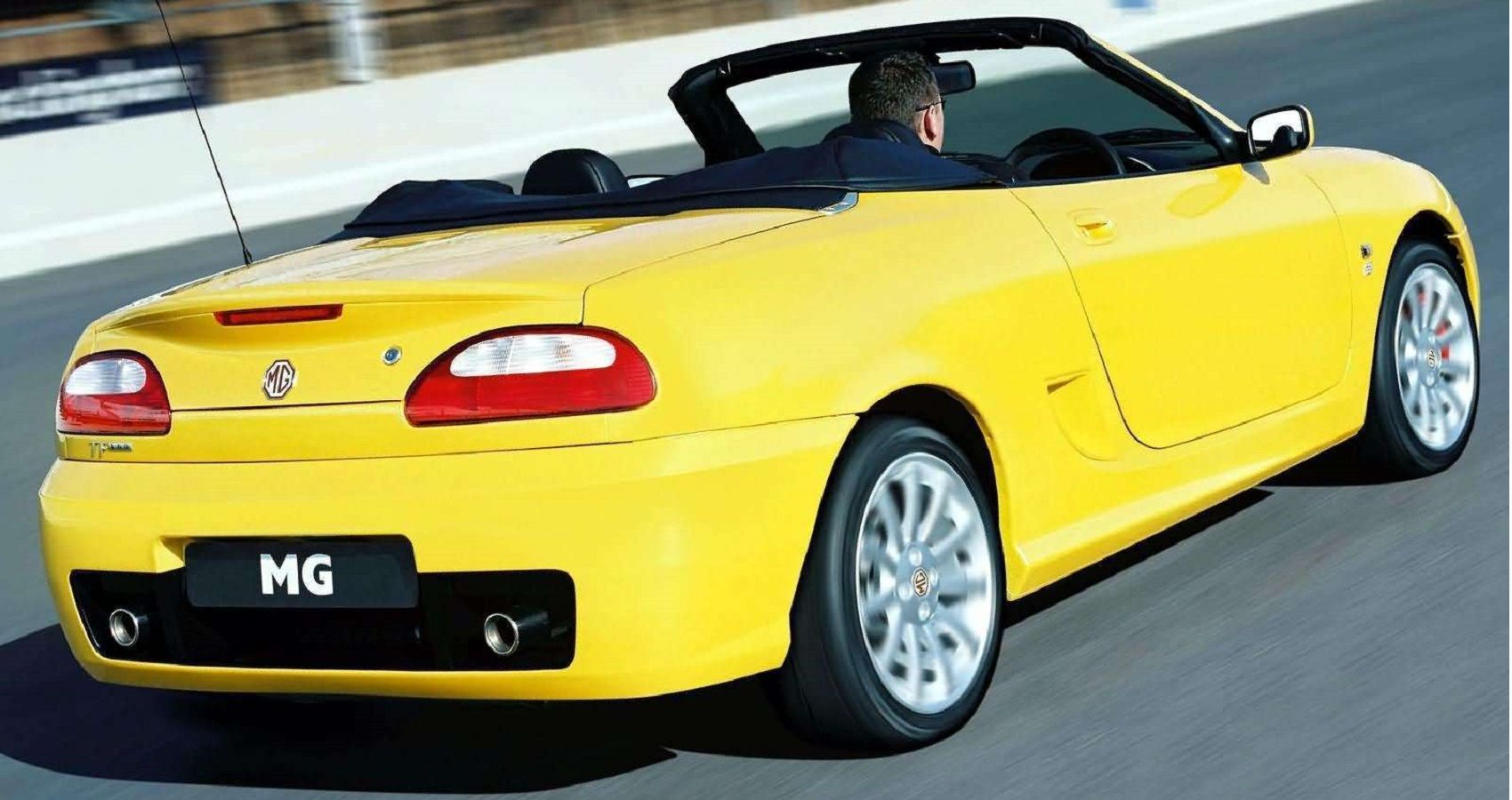New or used, any performance car is going to elicit the attention of gearheads. Speed is an addiction that almost never goes away, no matter how fast you’re going. It’s the very reason we crave exotics like the Pagani Zonda or a Koenigsegg. Unfortunately, these icons haven’t descended to the cheap classified section yet. However, gearheads are well catered for by more affordable brands. Toyota recently reasserted its presence with the Supra Turbo to the joy of JDM fans the world over.
How fast is one thing, but driving a sports car every day is another ball game altogether. What good is performance if after a few miles your body is screaming for mercy? Rock hard suspension, poor ergonomics, and vague or heavy controls are going to wipe that smile off your face faster than you can hit 60 mph.
Tempting as they are, we’d skip all ideas of using these cars for anything other than weekend fun.
10/10 Lotus Elise – Tiresome Entry/Exit Gymnastics
You won’t find a better smalls sports car anywhere in the world. In 1996 Lotus set, and then raised the benchmark for how sports cars should drive and handle. The secret is a lightweight bonded aluminum tub and small engine combination. Despite a pared back approach, the Elise with a 118 hp four-cylinder engine was a huge hit.
On a track or rural roads, the less is more approach was the winner. But, the Lotus chassis isn’t the most ergonomic. Gaining entry required a level of dexterity that is sure to be a tedious challenge for daily use.
9/10 Toyota GT86 – Torque Less
Both Subaru and Toyota can claim credit for this small, affordable sports car. The GT86/BRZ came along at the right time delivering a well-balanced chassis with enough power to be fun. Under the hood, 2.0-liter boxer engines cranked out 197 hp pushing the JDM sports car to 140 mph.
Enough is a doubled edged sword. Torque, not horsepower blunts the GT86s usability. Producing 51 ft lbs you’re going to be a little dismayed at the GT86 acceleration taking 7.6-seconds to reach 60 mph. However, it’s the unnerving torque steer that will deter most gearheads.
8/10 Alfa Romeo 4C – Flappy Paddle Only
The Alfa Romeo 4C is one of the reasons why gearheads love Italian sports cars. Stunning looks paired with lighting fast handling and speed. Launched in 2013, used bargains can be had with some patience. Small in size and packing a mid-mounted 1.75-liter engine punching out 237 hp, the Alfa could reach a top speed of 160 mph.
But as a daily driver, you might want to hold off. The potent four-cylinder engine isn’t as musical as a V8. At highway speeds emitting a tiresome drone that wouldn’t be out of place in a cheap hatch. Worse still, Alfa Romeo only offered a paddle operated transmission delivering sluggish downshifts.
7/10 Chevrolet Corvette C6 – Backbreaking ride
Any recent Corvette is a bargain worthy of investigation. Yet, if you’re after something with a few more curves and street appeal, the C6 has to be top of your short list. For 2005, the Corvette underwent a makeover that went a long way to dispel groans over its plasticky build. On the mechanical side, engines and suspension changes delivered a mixed bag.
The LS2 was a welcome change, gaining a few extra inches and raising output to 400 hp. However, not every addition proved to be a good one. Adding MRC (Magnetic Ride Control) gave owners the choice of two ride set-ups. Touring setting is fine, but changing to sport gives backbreaking ride hopping over the smallest road imperfections.
6/10 Zenos E10S – Terrible Brakes
Whichever Zenos E10 you choose, you’re guaranteed a track focused experience. Sparing no expense, the E10s consists of an aluminum chassis with composite tub and body. The E10S makes use of a 2.0-liter turbocharged Ford engine cranking out 250 hp resulting in a 4-second 0-60 mph time.
Track focused, it is great for blasting around a circuit, bet less so on public roads. A heavy brake pedal and no ABS will soon become tiresome around town. Keeping the E10 from rear-end collisions requires huge amounts of effort and concentration.
5/10 Mazda MX-5 NC – Smaller Engine, Tall Gearing
The perfect cheap sports car for millions of gearheads. Mazda’s MX-5 has had a dominant force since its introduction in 1989. A simple front-rear drive layout and respectable performance is all it takes. But not all MX-5s are the same, even if they appear identical.
Updated for 2003, the MX-5 NC came in two engine options. Getting this choice can mean the difference between fun and frustration. Opting for the cheaper 1.8-liter four-cylinder 126 hp is a mistake gearheads will regret. A power deficit isn’t the biggest issue, but in a longer geared 5-speed manual, 0-60 mph takes 9-seconds.
4/10 TVR Chimaera – Tail Out Dramas
Who could resist the allure of V8 engined TVR? Especially the Chimaera with its retro charm and softer reputation. Designed to complement the Griffith, the Chimaera was set to be a TVR for everyday use. However, gearheads need to be wary of the Chimera’s lightweight big power combination. Even the slowest 4.0-liter model can crack 60 mph in 5-seconds.
Every day use comes with more than a few caveats. Before unleashing the Rover V8’s fury, it’s worth remembering TVR doesn’t do driver aids. Getting this monster out of shape is an all-too-common occurrence. TVRs are great to own, providing you can live with the impending dangers.
3/10 Honda S2000 – Tiresome in Traffic
The S200 is Honda’s best, and most successful two-seaters sports car to date. Rave reviews surround the S2000’s front mind-mounted four-cylinder cranking out 247 hp. It couldn’t get any better, at least not on a track or open roads.
Around town at lower speeds, the F20Cs peaky power delivery is less fun, making the S2000 a tough choice. Below the VTEC engine’s 6000 RPM transition point, the S2000 has little in the way of get up and go.
2/10 Mercedes SLK200 – Lifeless Steering
Janis Joplin sang the praises of Mercedes over rivals Porsche. We doubt she would be quite so happy behind the wheel of a late model SLK200. Aimed at the lower end of the range, this tiny 1.8-liter engined two-seater was anything but sporty.
With 181 hp on tap, the best gearheads could hope for was a 0-60 mph time of 7.6-seconds. Speed or lack of it isn’t the main reason for skipping this one. A vague over-assisted power steering set-up spoils the SLK200 driving experience.
1/10 MG-F / MG-TF – Back Again, As Bad as Ever
The demise of MG in the UK didn’t stop production of the MG-F/TF. Reintroduced in 2007 with few changes, the MG retained Rover’s K-series engine. The MG-F wasn’t a terrible car by 2000s standards, but ten years later rivals had surpassed the MG in every area.
Zesty performance and commendable handling are offset by the MGs interior. Roof up, claustrophobic gearheads faced poor visibility and leaky roofs. Things are better going topless, but even then, the MG’s cockpit remains cramped. On anything other than the shortest journeys the MG-F is a terrible choice.
